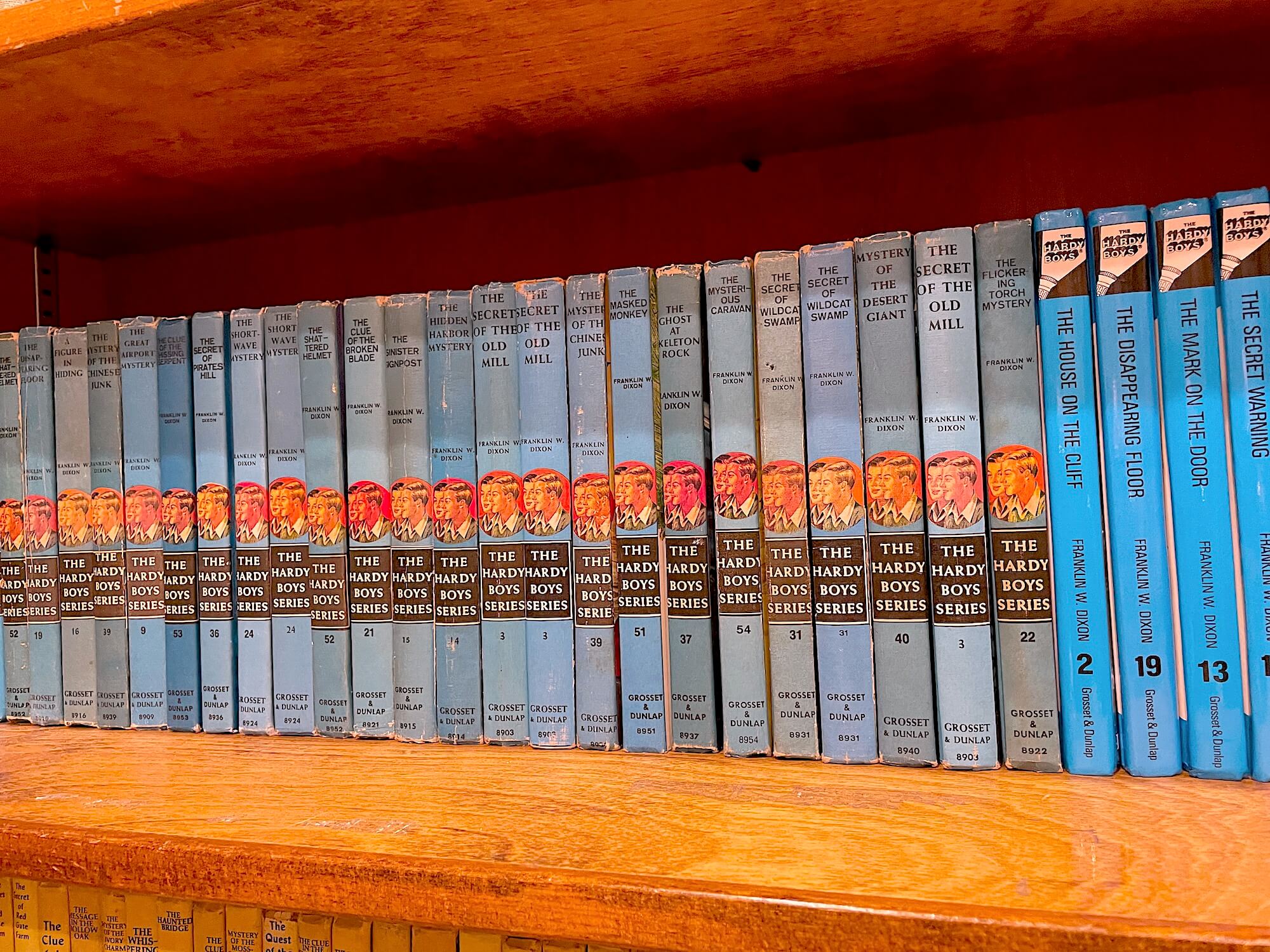
The Last Karankawa
Pretty sure this novel, The Last Karankawa, has been teased, suggested, and rumored for the last few years. Great advance publicity, but it is a local author — I would expect local support.
The title refers to one of the few native tribes that might no longer be in existence. The Karankawa enjoyed a brief mention in history, an indigenous tribe that lived in the liminal zone between the what is now the Gulf of Mexico and the Texas Coastal Prairies, essentially, from Galveston to Corpus Christi. The myths about the tribe were that they were tattooed, pierced, and they filed their teeth. Ritual, or just regular, cannibalism was part of the culture. Tattooed, pierced, BBQ bodies, and living on the beach — there’s an affection for them.
One buddy, not named Bubba, “dated” this young woman who identified as Honduran. Pretty sure she was born on US soil, and I’m not prepared to enter the immigration debate, but there it is. I know he went to her swearing in ceremony, and anyone who hasn’t been — needs to go. When I first met her, I identified her by her sun sign, but she claimed she was from Honduras, not from Mexico. A few months later? After being in Texas and with my buddy? She just acknowledged that she was “Mexican.” It’s not a slight, just an easier moniker. That term has been supplanted with the current “LatinX.”
The historical myth passed around gun owners, and military historians, about the design, implementation, and use of the “45 Automatic,” the 1911 sidearm issued and used by US Army from 1911 until its replacement, 1985 or so? The story is that the pistol was developed to subdue the wild warriors of Philippines. Apparently, high on either religious or chemical ecstasy, the 38 caliber didn’t provide enough stopping power.
This all gets twisted around in my mind. The Philippines, immigrants from Mexico and Central America, the pierced and tattooed natives on the beaches?
Layer one more on top of this, the early boat people of the Texas Gulf. The shrimp wars, as it were, and it might not be, anymore, but I recall buying bait from immigrant families of clearly Pacific Rim origin (Vietnam), working diligently to raise kids with a better life in America.
Hold that thought, renting an apartment, old East Austin, to an obvious PAC Rim heritage person, and she telling me, “I’m Asian, I don’t have a choice, I have to go to grad school, or my parents will kill me.”
On the local news, there’s a new weather guy, and I like his presentation. He’s got the rhythm, and the nice predictions, plus he is local. His promo reel included, “I was born at Lackland (Air Force base),” and he saw the world, landed back in San Antonio, and claims both Philippine and Mexican heritage.
The other afternoon, there was a pop-up market near me, anchored at one end was large, looked Mexican to me, fellow grilling meat on stick We stopped and ordered some, and it took more than a few minutes. His wife was running customer service, and the popularity of the food was quickly outstripping the supply. The name, the kind of food offered? Filipino — completely different spices and flavors than I’m used to. Probably why the booth was so busy.
These are all parts and pieces that shape my world view and define what — and how — I see what I see.
The Last Karankawa
Strong females who share an understanding I’ve arrived at myself?
“I don’t fear strong emotions. Haven’t I always taught you to permit their passage, allow them to course through controlled, that this strength is what makes us warriors? Haven’t I taught you that much?” Page 120.
Tightly interwoven narrative threads make a water-proof, storm-proof tale.
Really excellent read.
The Last Karankawa
- The Murderbot Diaries Martha Wells
- Kimberly Garza, author
- Killer of a Certain Age
- River Demon, River Woman
